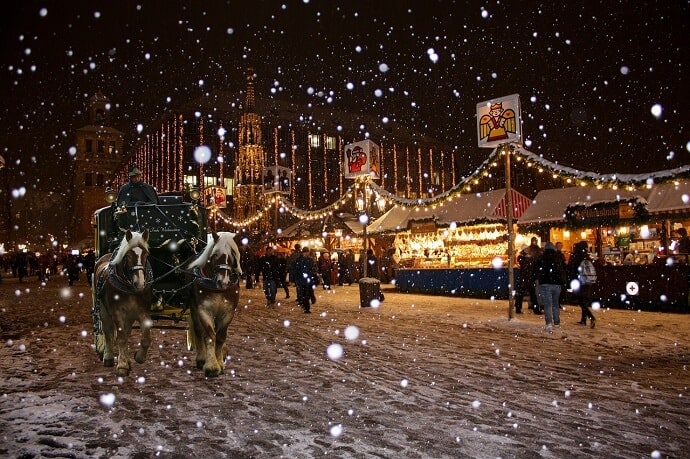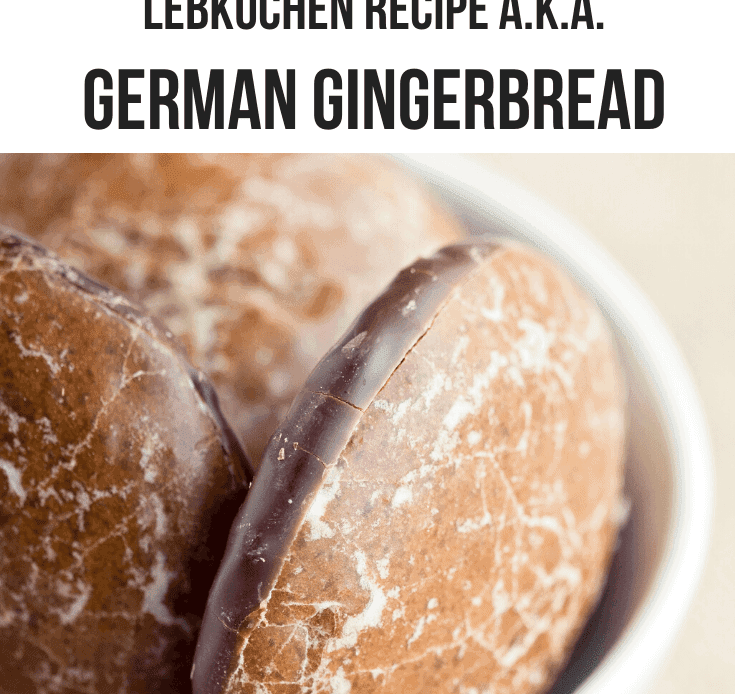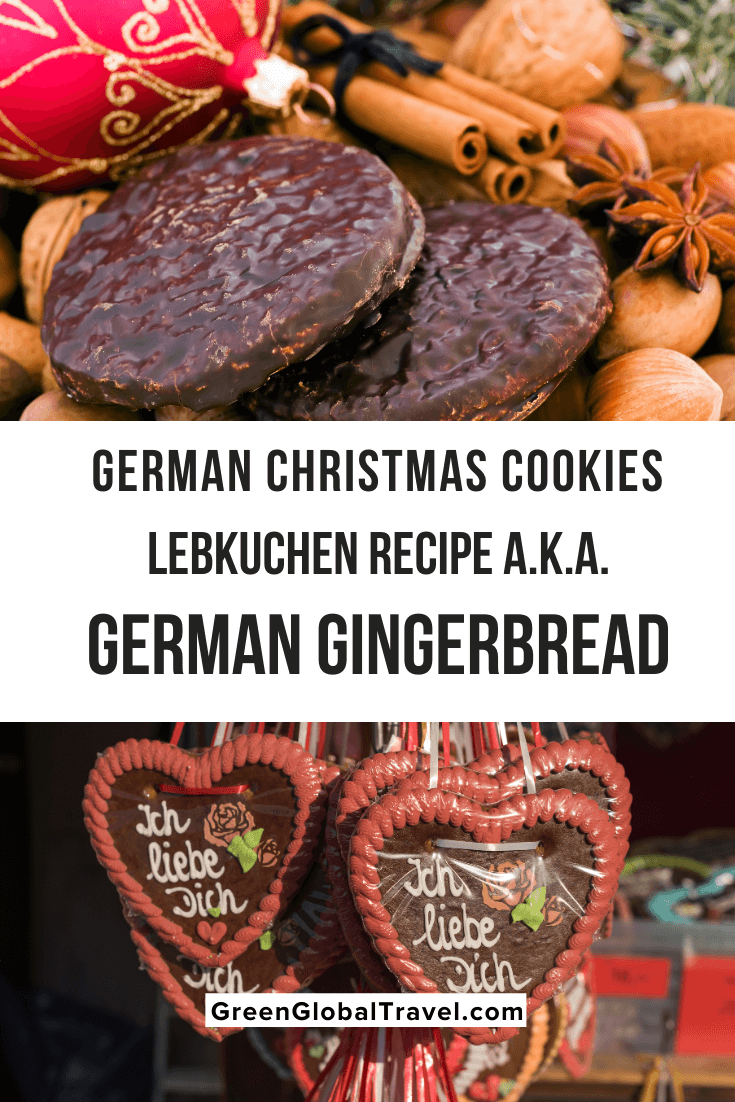[Updated 12/2/2022] Lebkuchen, a.k.a German Gingerbread, are traditional Christmas Cookies that has been around for centuries.
It was originally invented by monks in Franconia, Germany in the late 1200s, but has evolved over the last 800+ years into numerous variations.
Here’s a look at the origins of these beloved German Christmas cookies, as well as a simple Lebkuchen recipe courtesy of Chef Mirko Peters, the Executive Chef of the Uniworld Boutique River Cruise Collection.
READ MORE: 90 Christmas Traditions Around the World
German Christmas Cookies/Lebkuchen Gingerbread Guide
- History of German Christmas Cookies
- Nürnberger Lebkuchen
- Lebkuchenherzen
- Elisen Lebkuchen
- Other Types of Lebkuchen
- Lebkuchen Recipe a.k.a. German Gingerbread
- Lebkuchen Cookies FAQs
READ MORE: 25 Fun Christmas Eve Traditions Around the World

The History of German Christmas Cookies
Lebkuchen is a traditional German Christmas cookie dating back to the 13th century. The treat was invented by monks in Germany, with professional bakers recorded making the Christmas dessert as early as 1296 in Ulm and 1395 in Nuremberg.
Nuremberg quickly became the most famous exporter of the German ginger cookies, which soon garnered the name Nürnberger lebkuchen.
In those days, Nuremberg sat at the crossroads of major trade routes. So the city could easily import spices that were needed for the recipe and couldn’t be found locally.
The forest that surrounded the city, which was often called “the Emperor’s Bee Garden,” also proved important. The various brightly colored flowers there attracted bees, which in turn produced honey (the only sweetener that existed at that time).
The Lebkuchen cookie gained widespread recognition in 1487. Emperor Fredrich III held a general assembly in Nuremberg, inviting nearly 4,000 children from across the city to attend.
At the special event, he presented the children with German Christmas cookies that were decorated with his own portrait.
In order to officially recognize the profession and create specific guidelines that had to be followed in order to sell the cookies, Nuremberg went on the create the “League of Lebkuchen Bakers” in 1643.
Ever since then, Lebkuchen cookies have remained a popular German Christmas delicacy. They have become a common Christmas cookie tradition, not just in Germany but in many other European and North American countries as well.
Click Here to Read the Full Original Article at Green Global Travel…

